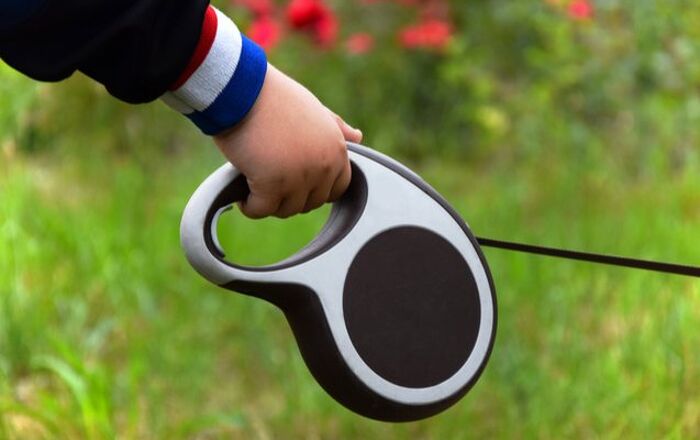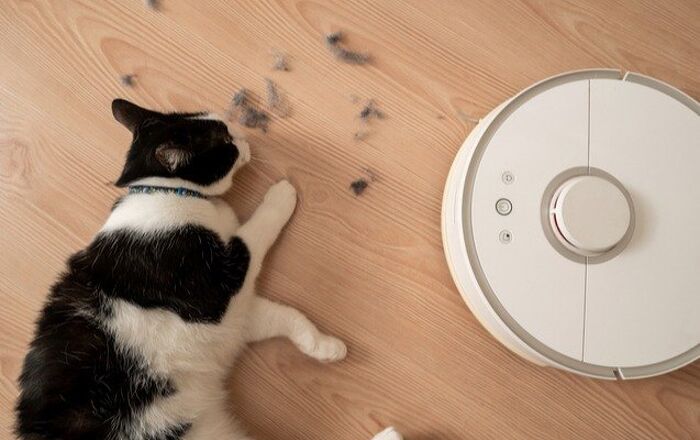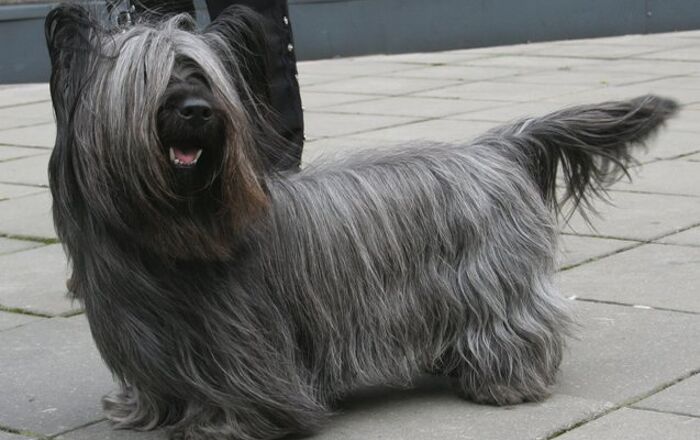
General description
Rays are a large group of fish closely related to sharks. They are characterized by their flat bodies and, like sharks, have a tough and elastic skeleton made of cartilage. The ray’s mouth is located on the underside of its body and it has an extendable upper jaw which it uses to capture prey. Ray fish also have five to six gill slits on the underside of their body. When threatened, various species of ray use their elongated, tail like rays as a defensive mechanism to deliver venom or an electric shock. A predatory and extremely large growing species of fish, rays are not recommended as pets for beginner or novice aquarists. Attempting to keep rays is only a task that should be undertaken by experienced aquarists after extensive research.
Rays are a large group of fish closely related to sharks.
Origins
Ray fish inhabit the marine and brackish water environments along the coasts of the Indian, Pacific and Atlantic Oceans. Freshwater species of ray are also found in Asia, Africa and North America.
Color
Rays come in a variety of different colors ranging from white, brown, grey and black.
Maintenance and care

The first thing that an aquarist attempting to raise rays should know is that most species of rays grow extremely large. In fact, some species of ray can grow over 3 feet in length. Therefore it is important that rays only be raised in extremely large aquariums with large open swimming spaces. Rays are a primarily bottom dwelling species and should be provided with a suitable substrate like soft sand.
Rays are also a predatory species of fish and should only be kept with other large, non-aggressive species of fish. They shouldn’t be kept with any type of fish smaller than four inches that they can easily prey on. When hunting, rays will cover their prey with their disc like bodies and use their powerful teeth to strip flesh off bone in a matter of seconds. Ray fish should not be kept with highly territorial bottom dwellers because they have no sense of territory and will often swim freely around the aquarium floor. This can result in a lot of conflict with more aggressive and territorial tank mates. Rays sometimes like to also crawl along the aquarium’s glass walls and sometimes tend to swim along the middle of the aquarium. For this reason they shouldn’t be kept with timid and easily agitated species of fish.
Feeding
Most species of rays are omnivores and will readily accept most kinds of live, frozen and processed foods. They can be fed on a variety of shrimp, scallops, black worms and pellet based foods.
They are characterized by their flat bodies and, like sharks, have a tough and elastic skeleton made of cartilage.
Breeding
It is virtually impossible to breed ray fish in the aquarium.
Aquarium varieties
Most species of ray fish kept in aquariums are referred to by their scientific names.
Photo credit: Steven G. Johnson/Wikimedia; Jim Capaldi/Wikimedia















